Simple Guide To Growing Lettuce, Herbs, and Microgreens Indoors
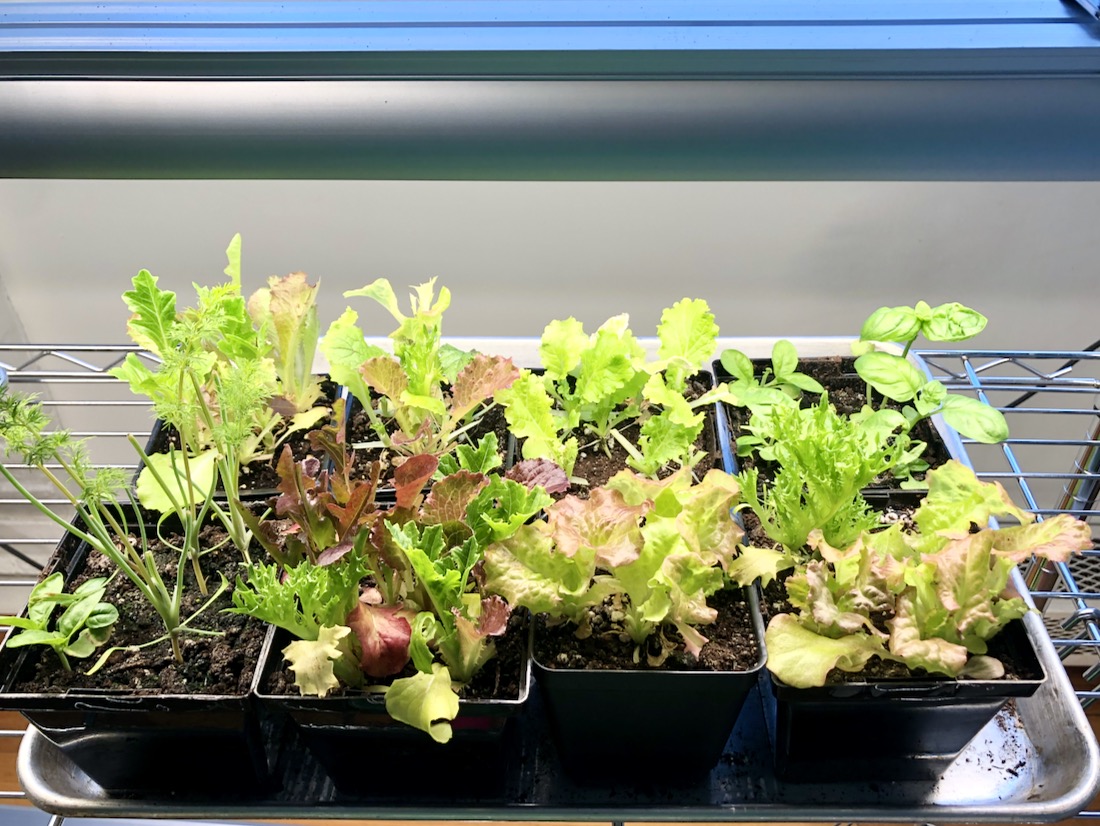
I had one goal – I wanted to be able to go a whole month eating salads from greens that I grew. I had no idea where or how to start indoor gardening. As you know, I’ve been deep into brain work, minimalism, and shifting paradigms as of late. One paradigm that I have been working hard to shift is the belief (and actions that followed), that I am a plant killer. For the longest time, I believed that no matter what I did, I couldn’t keep plants alive.
There was absolutely no reason to believe that “I can’t keep a plant alive” was true. I mean, I’d made it true by not caring for my plants, but subscribing to that belief made it easy to never try and change it. It was time for me to change it!
what inspired me to become a green thumb
This journey to becoming a green thumb and micro farmer began with the determination that I would learn how to grow vegetables. My experience since 2018, when I first started outdoor growing, has been so profoundly empowering, nourishing, healing, and plain old fun. When it came to facing a long, long winter, unable to travel to locales where fresh and local food is abundant, the timing was right to take on my own local food supply. Or at least my own lettuce supply.
The research began, and it quickly became way too complicated. I couldn’t find a simple process that told me:
- These are the supplies you need.
- These are the seeds to order.
- This is how you grow lettuce inside.
Alas, everything I read on indoor gardening was overcomplicating it for me. I didn’t need to know the very best for this seed or that. I didn’t want to know the pros and cons of the various light options. All I wanted to know is what I needed to get this operation off the ground. I didn’t need to be the best indoor grower. Heck, I just wanted to grow.
I also didn’t want to spend a lot of money doing it. Optimally, I wanted to use the supplies I had on hand and purchase the bare minimum. And voila! That is just what I did.
My indoor gardening criteria
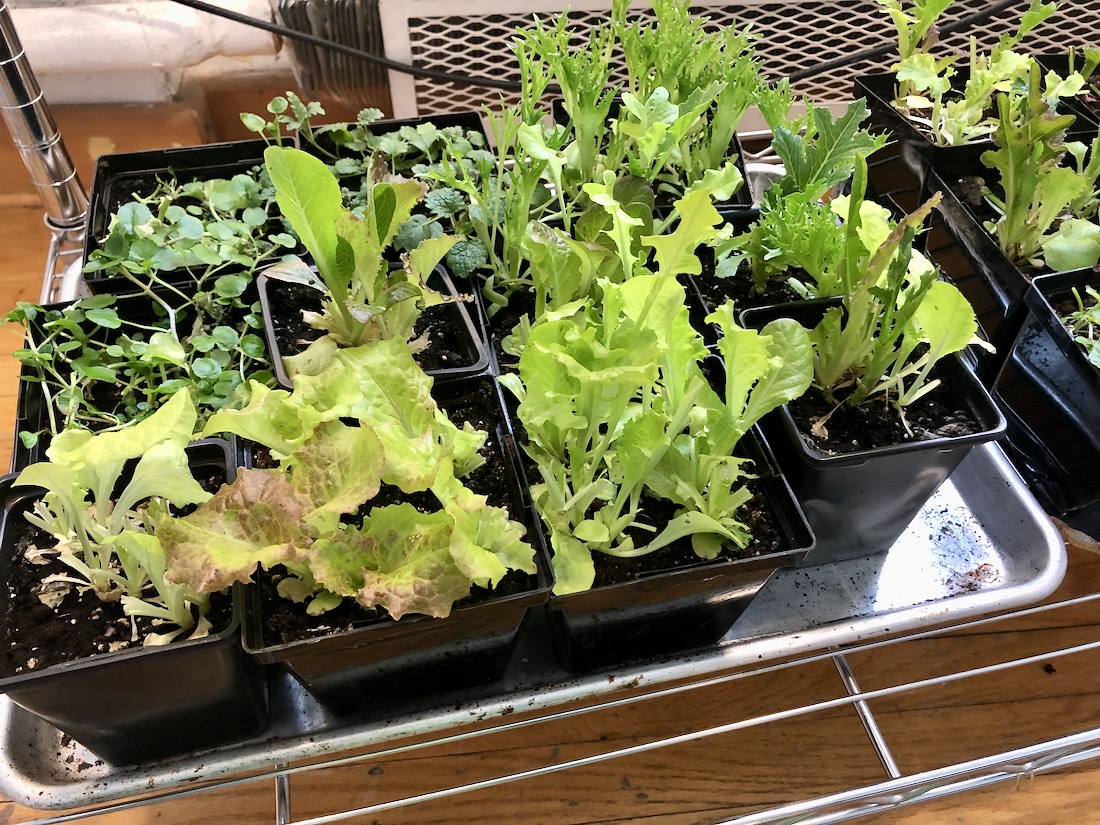
My basic criteria for my gardening operation was this:
- Use supplies I had on hand as much as possible (Re-use, upcycle, borrow)
- Keep plastic/disposables to a minimum
- Keep it as simple as possible (no light meters, water meters, etc.)
- Grow something edible
And holy majoley! I have blown myself away with the success of this endeavour.
Below I have outlined my gear and process. Please grab this downloadable guide for my free step-by-step growing instructions.
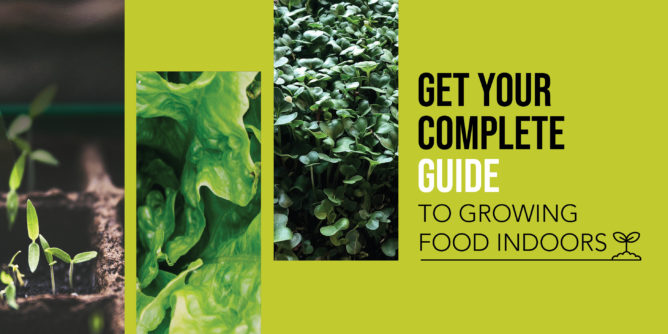
Free Resource Library
Enjoy more than 40 downloadable guides, recipes, and resources.
REMOVING CHOICE: WHAT YOU NEED FOR indoor gardening
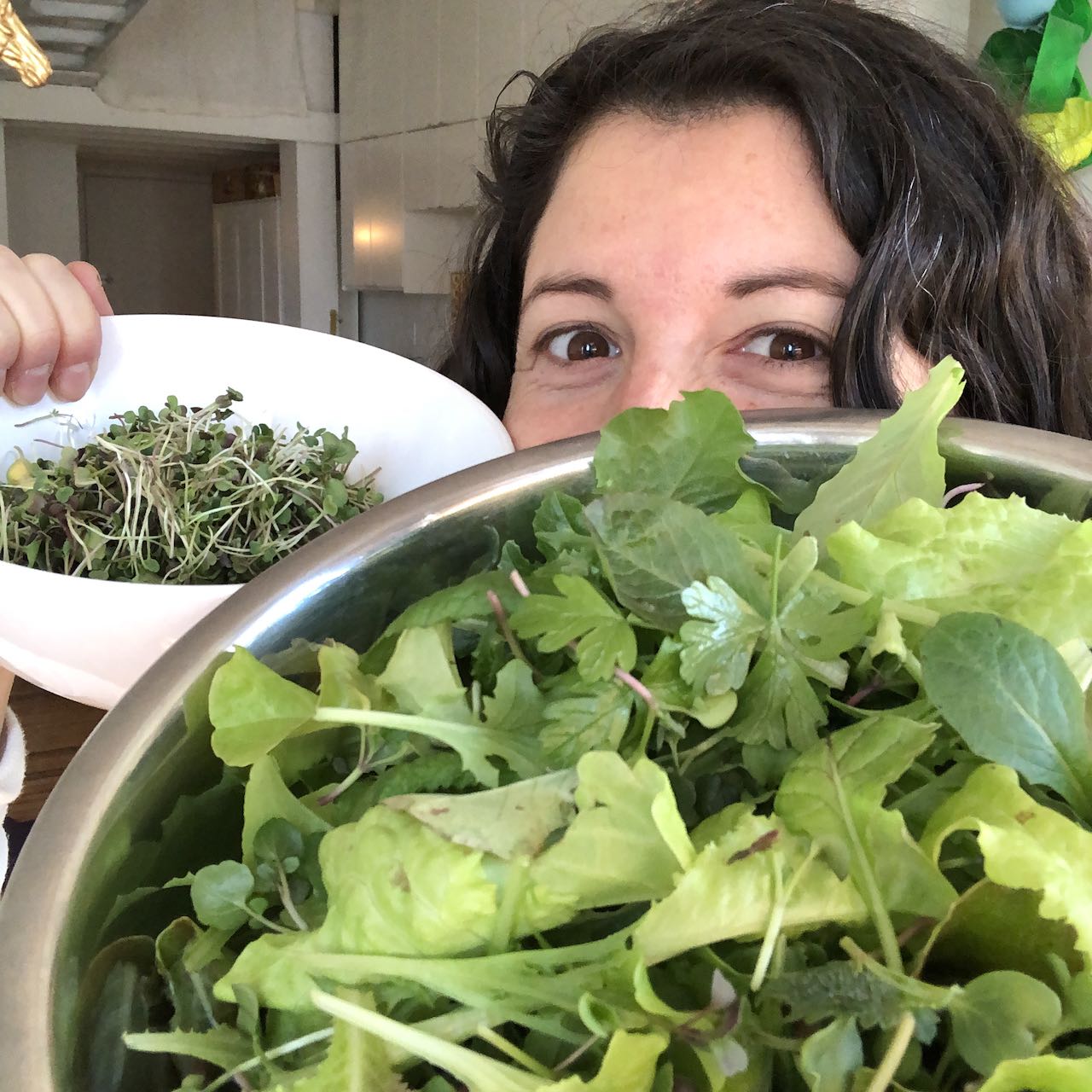
There are way more options than what I am offering below, but this is about simplifying. If you love the process of researching, comparing, reading reviews, and what not, by all means! Go for it (but grab my guide before you go!)
Shelving
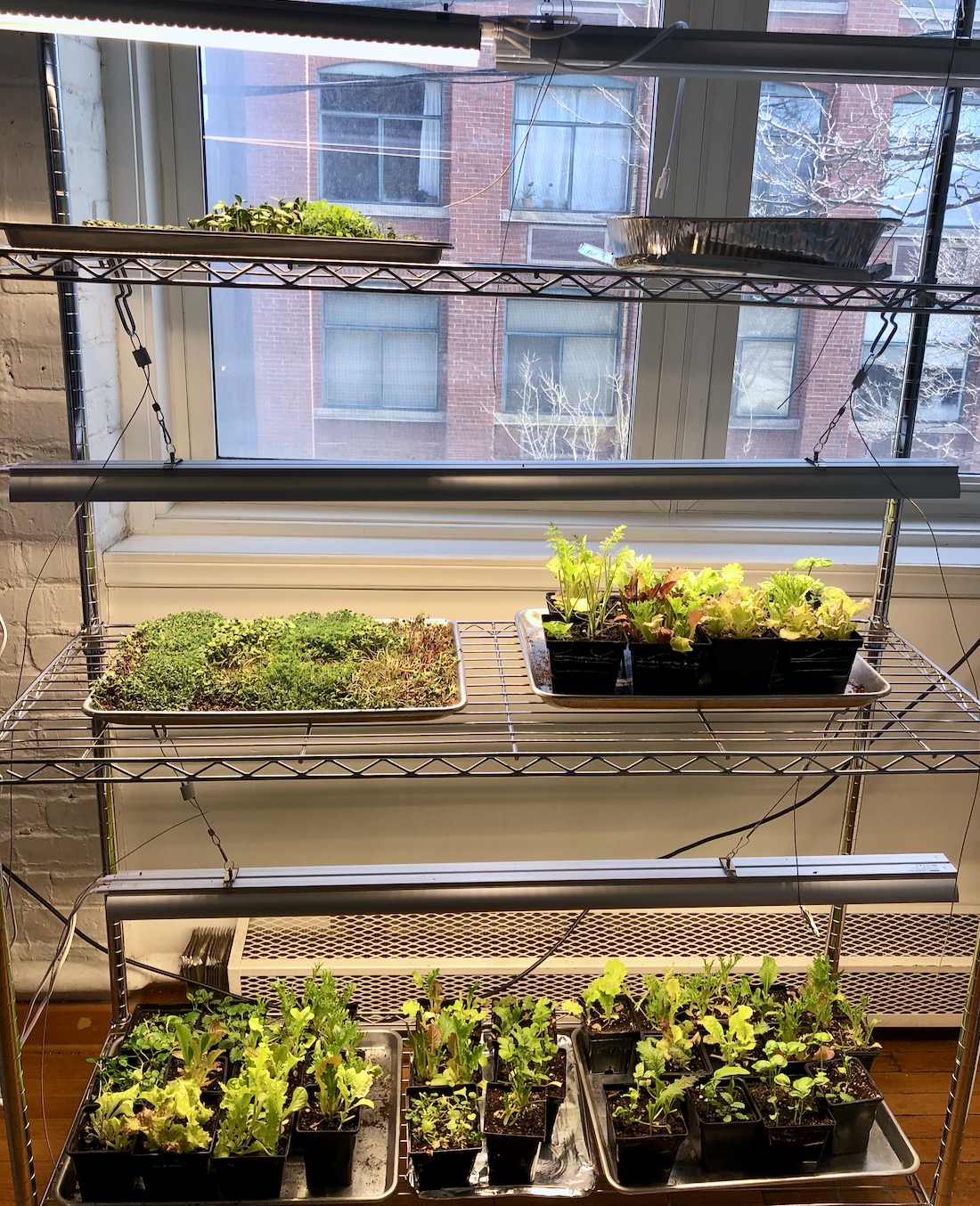
I had metal Metro shelving leftover from when I ran a cooking school in-person and was thrilled to be able to use them in this way. Nearly any shelving will do to hold your plants. The key is to have a way to suspend grow lights from the shelf above.
If you’re not using grow lights for your indoor gardening, just ensure whatever your plants are sitting on, allows them to get maximum sunlight from a south-facing window.
Containers
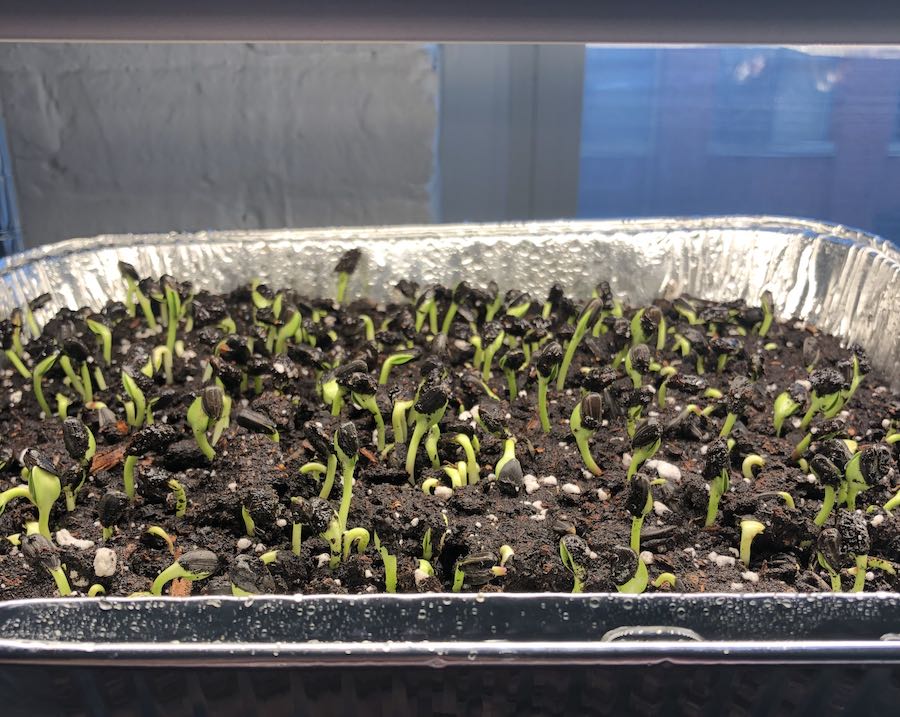
Again, the objective here is to spend nothing and use what you have. Some options include:
- Aluminum baking pans (only if you have on hand; do not buy these! Poke holes for drainage)
- Glass Pyrex dish (for seed starting, only)
- Large steam pans with 2 1/2-inch sides (drill holes or buy the kind with holes already in it). This may not be a re-use of what you have, but you’ll be able to use this forever, unlike the black plastic trays.
- Plant containers saved from previous planting
- Berry and mushroom containers
- Stainless steel cookie sheets
I tried growing in toilet paper rolls and egg cartons, as I had seen online. But after a period, the paper started to get moldy – so they’re great for seed starting, but not long-term food growing.
Growing Medium
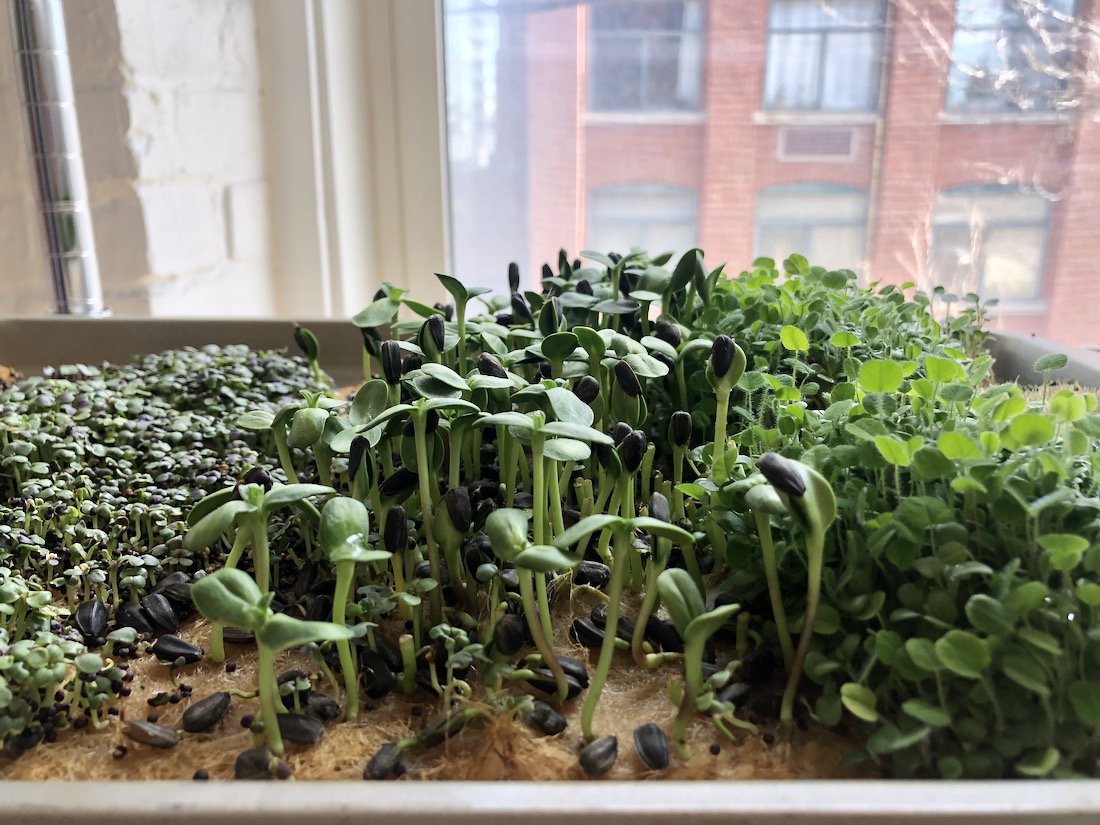
You can grow in soil or on a grow mat.
Seedling soil is recommended for starting seeds/seedlings. Grow mats are promoted as doing the same thing with less mess. Personally, I found that I loved soil for lettuce and herbs and the grow mats for microgreens.
There are likely more options but I don’t know them or remember, and this is supposed to be simple. Many people recommended coconut mats to me, however, I live in Canada and, well, coconuts don’t grow here. Hemp, however, grows in abundance and so I went with a hemp grow mat.
- Pro Mix Premium Seed Starting blend for growing lettuce, herbs, and sunflower sprouts (more details on growing process are in my free guide below)
- Terra Hemp Grow Mats for growing microgreens
Some people have suggested hemp grow cubes in place of soil for lettuce and herbs. I haven’t tried this so can’t speak to it. I also don’t know what the nutritional difference is, if there is any.

Free Resource Library
Enjoy more than 40 downloadable guides, recipes, and resources.
Lighting
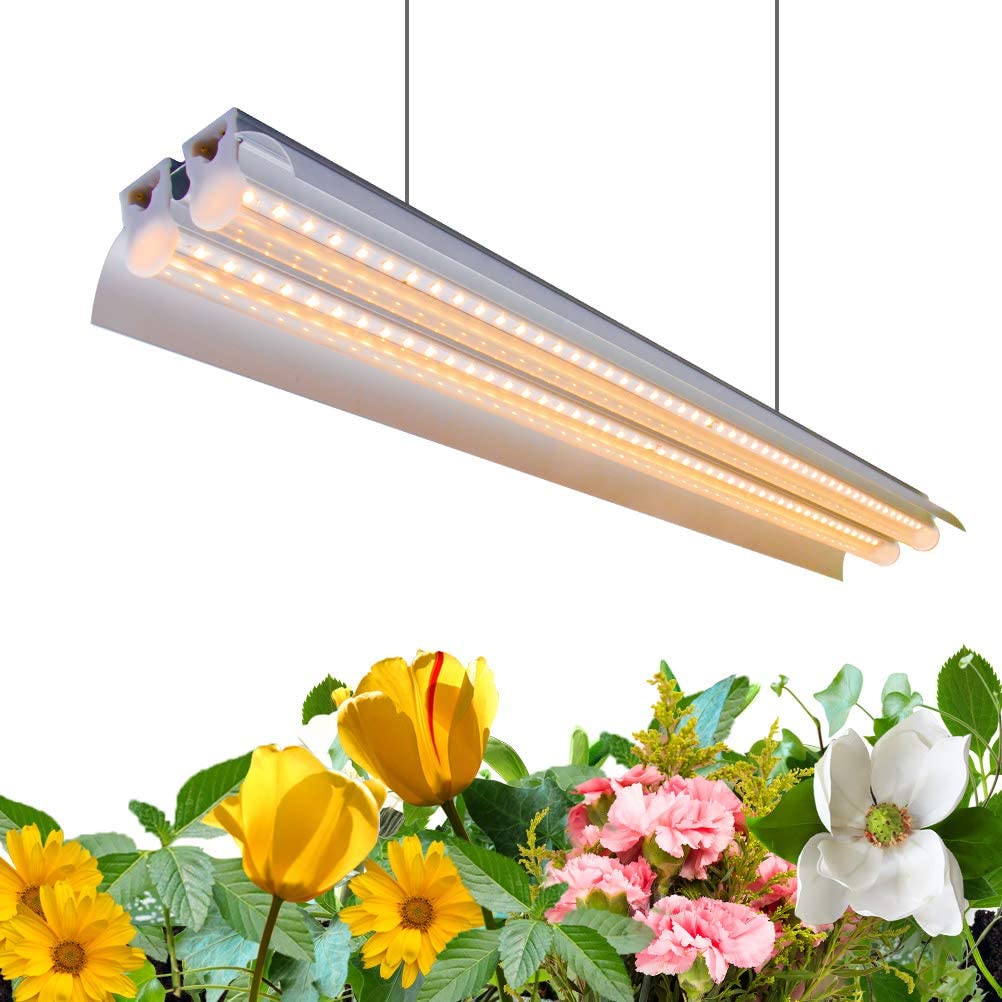
This was likely the area I spent the most time researching and worrying over for my indoor garden. Firstly, you don’t need to buy artificial lighting. If you have a good south-facing window, and you’re doing this as a hobby project, that will work fine. I grew all the seedlings for my garden last summer with the light from a window and that garden and those plants thrived.
That being said, if you want to accelerate the growing process, a grow light will go a long way. You want to get a full spectrum light that’s easy to install.
- Lights: This was the one I purchased, and I am very happy with the choice as are my plants.
- Timer: I connected the lights to a timer and have them set to be on for 18 hours a day (from 5 am to 11 pm). If you have a timer for your holiday lights or while on vacation, that’s the timer to use. If you need to get one, any basic timer like this one will do.
Seed Suppliers
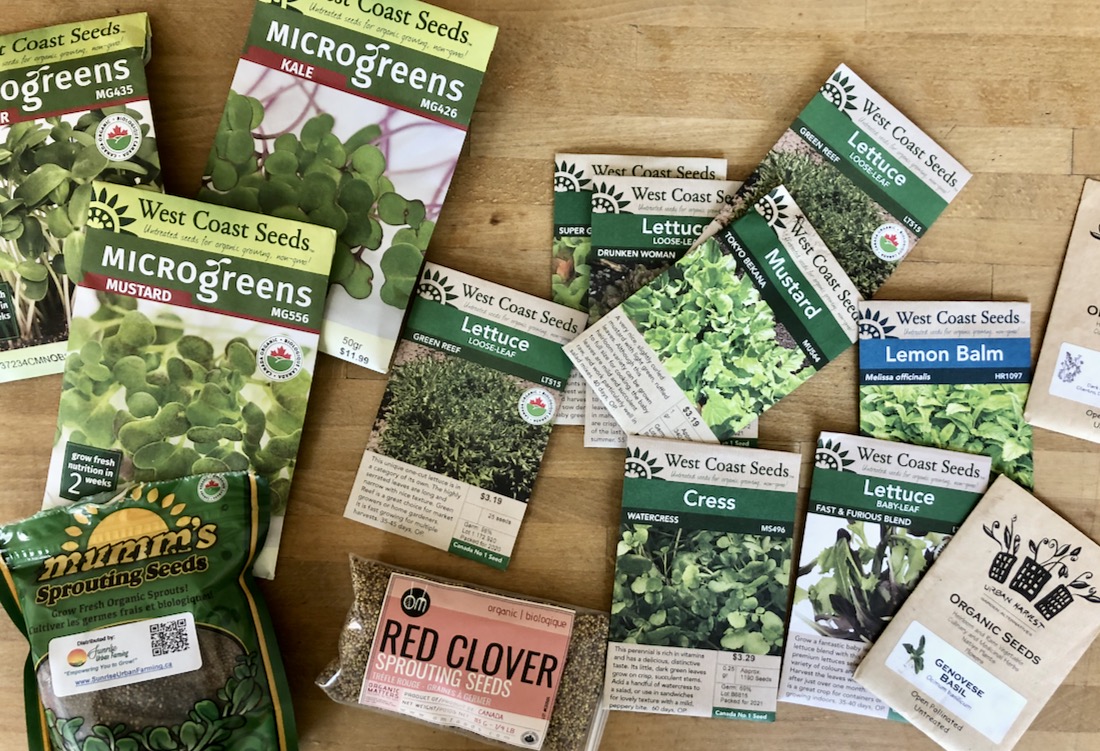
Shopping for seeds is for sure one of the most fun parts of this. I highly recommend finding local growers who are sharing or selling their seeds. As I am based in Canada, most of my seeds are from Canadian companies. These include:
Most of these sites will have a “lettuce”, “herb”, and “microgreens” section. Which should you start with? The ones that have the quickest grow time as that’s great for your confidence, and the ones that you’ll enjoy consuming the most.
Should You Buy Organic Seeds?
Yes. Moving right along…
(I mean, you’re going through the trouble of growing your own food! Make it the best possible.)
Watering
- To keep your seedlings hydrated, I recommend watering with a spray bottle.
- Once your seedlings have been transplanted and are a little heartier, a mindful watering with a watering can is the way to go.
- Seedlings in a grow mat can be watered with a watering can as you want to ensure the mat itself remains very moist.
indoor gardening simplified
The abundance you can grow on a cookie sheet is a remarkable thing. One of my favourite things during winter has been to take a smoothie break when I work in the kitchen; I grab my scissors, walk over to my little farm, and cut a bunch of sprouts and herbs to add to my smoothies.
Every couple of days I come home with 3–4 days worth of an herb-rich lettuce blend for salads that are so flavour-rich that all I do is drizzle some olive oil or flax oil on it and add a sprinkling of salt.
And the best, best, best part is showing this little man how it’s done.
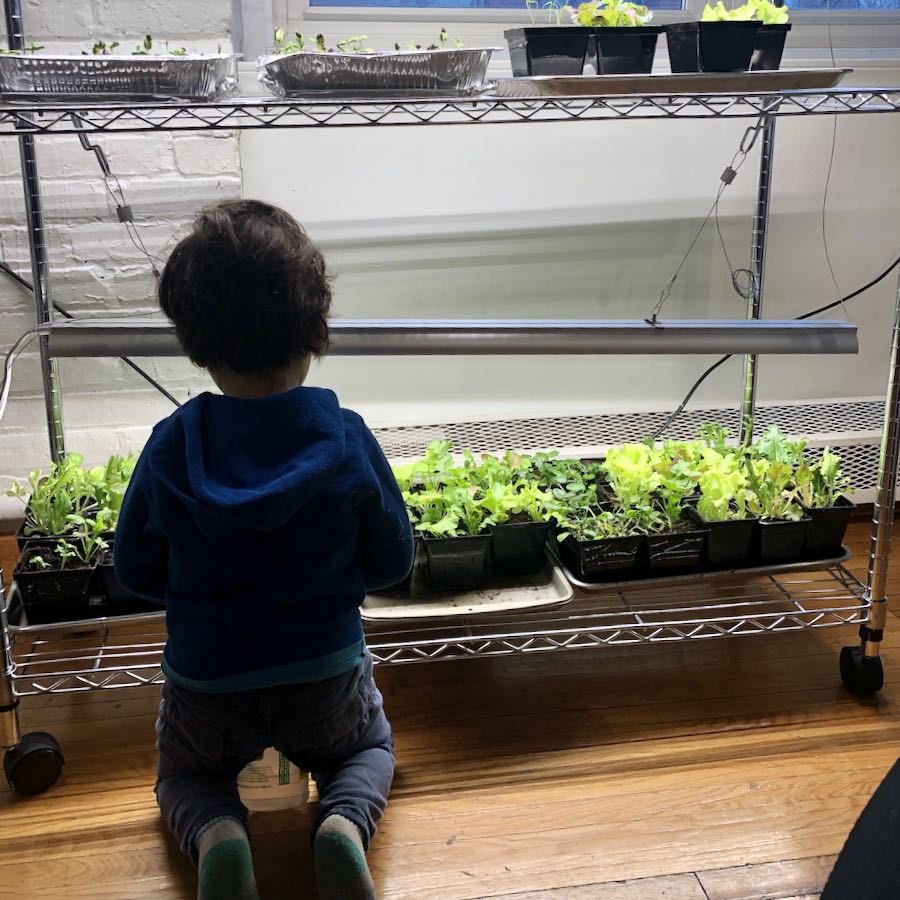 Because I wanted to grow more than a cookie sheet’s worth of food and didn’t have room at home for this set-up, I did it at my office. And once a week, either after dinner or on the weekend, my son and I head over to my office together. For him, it feels like a really special outing.
Because I wanted to grow more than a cookie sheet’s worth of food and didn’t have room at home for this set-up, I did it at my office. And once a week, either after dinner or on the weekend, my son and I head over to my office together. For him, it feels like a really special outing.
For me, it’s one-on-one time with him, where together, we do something that feels bigger than us. He is learning about where food comes from and what it takes to grow it. He eats things off the plants that he wouldn’t touch if I put it on his plate at dinner time.
As the chaos continues all around us, finding ways to empower my son to lead a greater future than the cards his generation has been dealt, well, that is truly worth every second of time and every drop of energy that has gone into this little indoor farm project.
I hope you’ll give this a try.

Free Resource Library
Enjoy more than 40 downloadable guides, recipes, and resources.
Free Resource Library
Enjoy more than 40 downloadable guides, recipes, and resources.















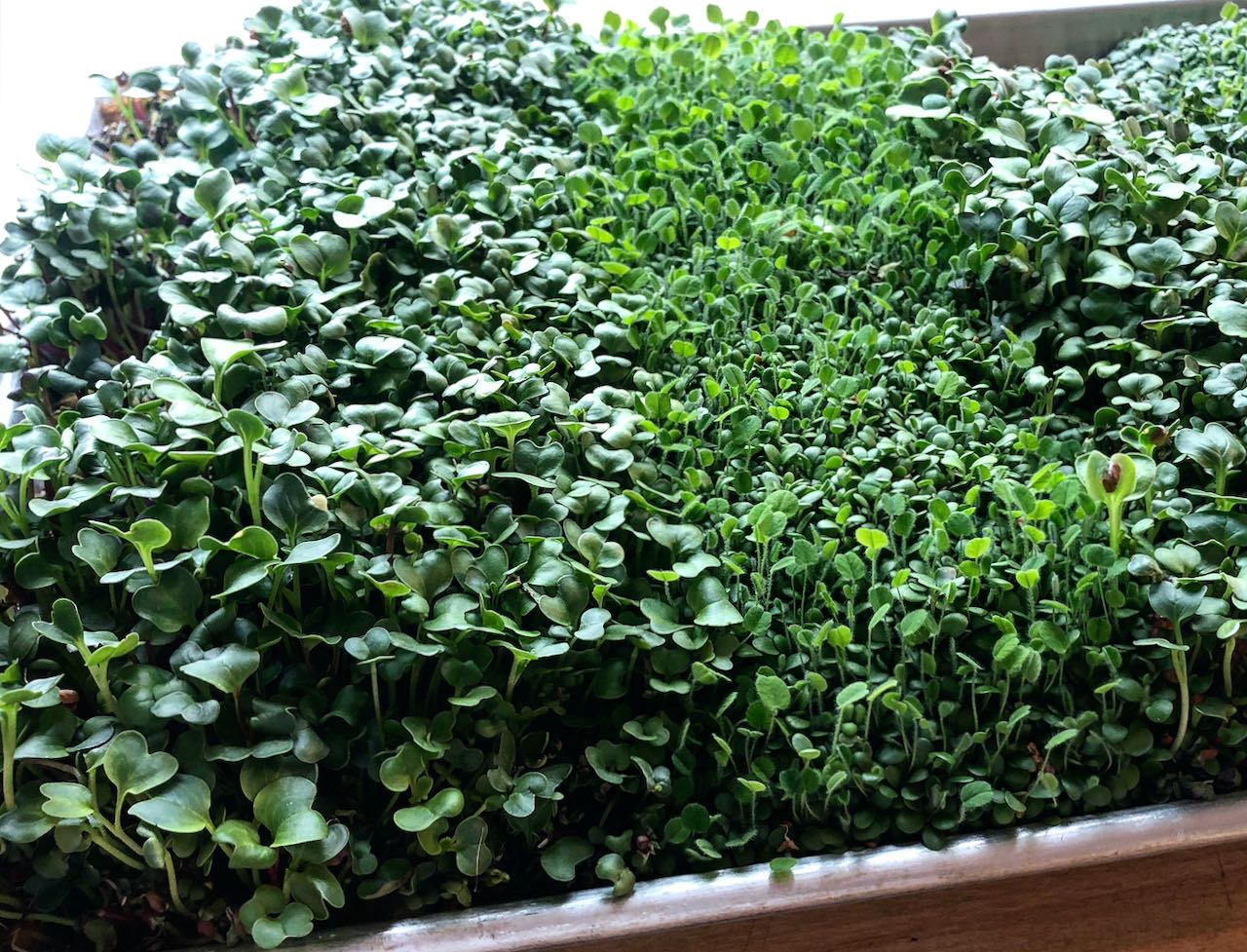
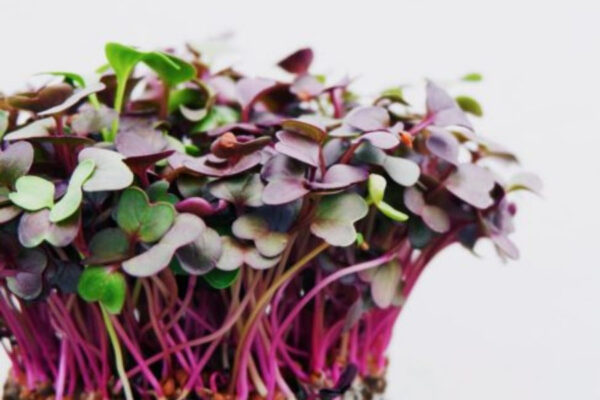
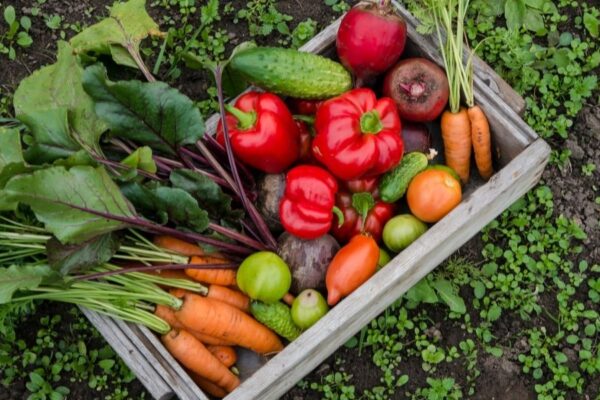
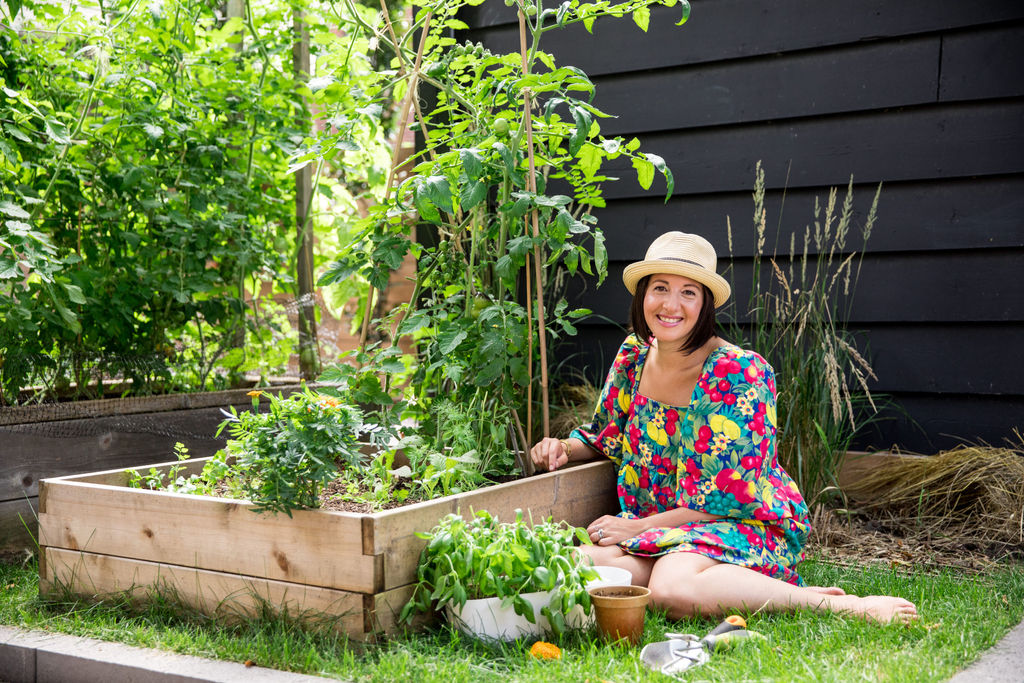

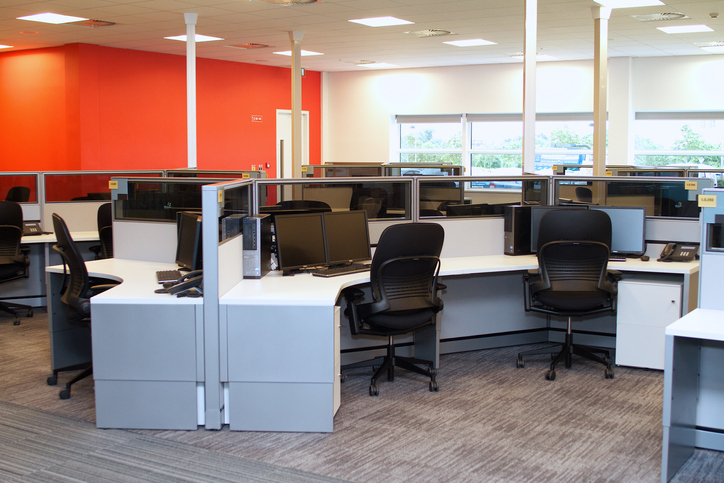


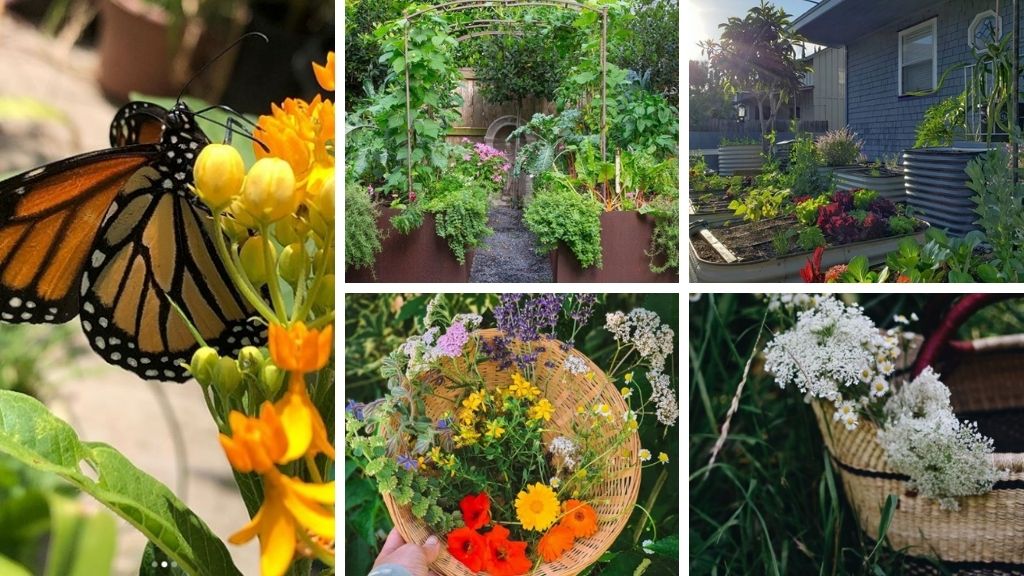

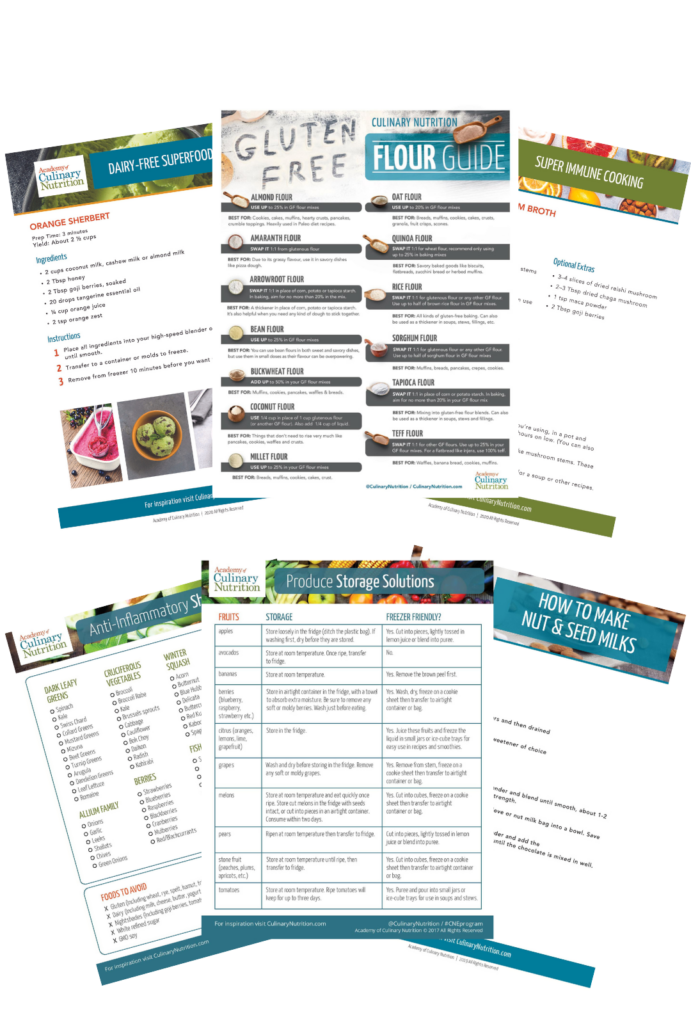
Great post Meghan! Check out Fruition Seeds in upstate NY not far from Toronto. They have a variety of amazing regionally adapted seeds for indoors and out and we LOVE them. (No affiliation, just a fan)-Erin
Hi Meghan, I loved your post! I started hydroponics last year right right before lockdown in the US started (found the company at a local garden show), if this is helpful, this company for those readers in the States makes a FANTASTIC light and also provides great education booklet etc. — I would highly recommend- light/timer/etc (although I think they raised their prices since so many people are at home and demand increased over the last year+!). https://happyleafled.com/. (I have zero affiliation with them). Excited for your podcast season 3 to launch this month! Cheers! -Sara
I love the idea of using containers you already had to reduce cost & waste! Do you have any idea how the grow lights have impacted your utility bill?